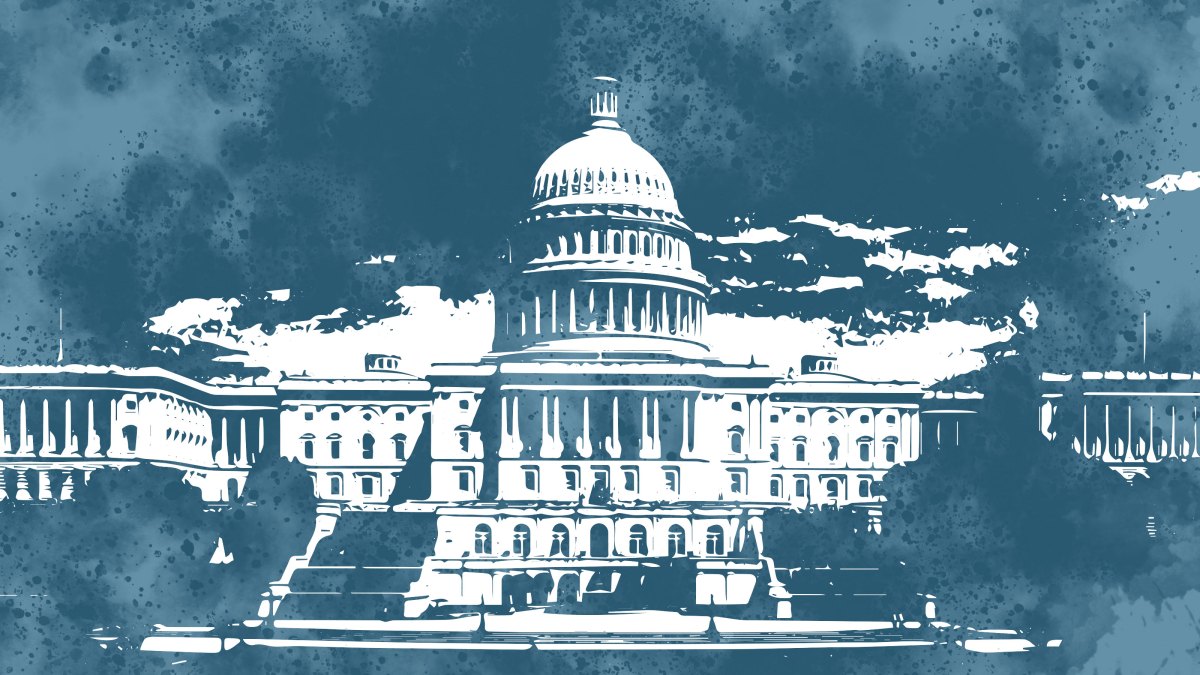Technology
Senate study finds ‘at least’ $32 billion needed annually for AI programs

A long-standing Senate working group has released its policy recommendation for federal funding for AI: $32 billion per year, covering everything from infrastructure to grand challenges and national security risk assessments.
This “roadmap” is not a bill or a detailed policy proposal, but nevertheless gives an idea of the scale that lawmakers and “stakeholders” are looking at when they get down to reality – although the likelihood of this happening during an election year is slim. vanishingly small.
In a final report published by the office of Senator Chuck Schumer (D-NY), the bipartisan working group identifies key areas of investment to keep the U.S. competitive with its rivals abroad.
Here are some key items on the roadmap:
- “A government effort on AI R&D, including relevant infrastructure,” which means the DOE, NSF, NIST, NASA, Commerce, and a half-dozen other agencies and departments must format and share data in an AI-friendly way. In some ways, this relatively simple-sounding task is the most daunting of them all and will likely take years to accomplish.
- Fund U.S. AI hardware and software at the semiconductor and architecture levels, both through the CHIPS Act and elsewhere.
- Further fund and expand the National AI Research Resource, which is still in its infancy.
- “AI grand challenges” to drive innovation through competition in “applications of AI that would fundamentally transform the process of science, engineering or medicine, and in fundamental topics in safe and efficient software and hardware design.”
- “Support AI readiness and cybersecurity” in elections, specifically to “mitigate AI-generated content that is objectively false, while still protecting First Amendment rights.” Probably harder than it sounds!
- “Modernize the federal government and improve the delivery of government services” by “updating IT infrastructure to use modern data science and AI technologies and deploying new technologies to find inefficiencies in the U.S. code, federal regulations, and procurement programs.” I understand what they’re saying here, but that’s way too much for an AI program.
- Lots of vague but big defense-related stuff like “assessment and mitigation of chemical, biological, radiological, and nuclear (CBRN) AI-enhanced threats by DOD, Department of Homeland Security (DHS), DOE, and other relevant agencies.”
- Look at the ‘regulatory divide’ in finance and housing, where AI-driven processes can be used to further marginalize vulnerable groups.
- “Consider whether other potential applications of AI should be extremely limited or banned.” After a section on potentially harmful things like AI-driven social scores.
- Legislation banning AI-generated child sexual abuse material and other non-consensual images and media.
- Ensure that the NIH, HHS, and FDA have the tools needed to evaluate AI tools in healthcare and medical applications.
- “Establish a coherent approach to public transparency requirements for AI systems”, both private and public.
- Improve the general availability of ‘content provenance information’, i.e. training data. What was used to make a model? Is your use of the model used to further train it? And so forth. AI makers will fight this tooth and nail until they can sufficiently purge the ill-gotten amounts of data they used to create today’s AIs.
- Look at the risks and benefits of using private versus open source AI (should the latter ever exist in a form that can scale).
You can read the full report here; there are many more points where the above (a longer list than I expected) came from. No budget figures are presented.
Given that the next six months will largely be dominated by election-related red tape, this document serves more to gain stake in a host of general ideas than to encourage actual legislation. Much of what is proposed would require months, if not years, of research and iteration before becoming a law or rule.
The AI industry is developing faster than the rest of the technology sector, meaning it is outpacing the federal government by several orders of magnitude. While the priorities listed above are largely sensible, one wonders how many of them will remain relevant by the time Congress or the White House actually takes action.













